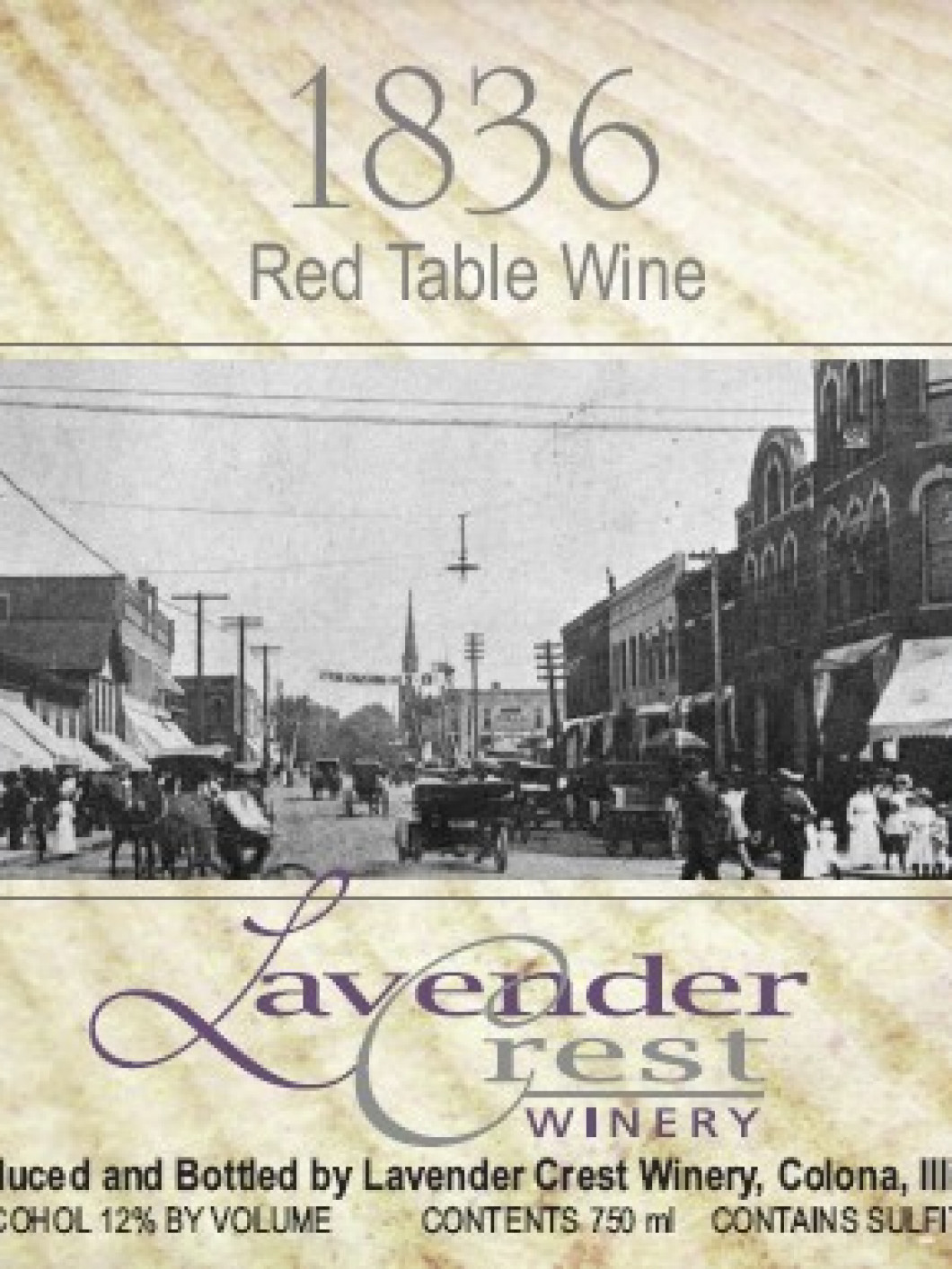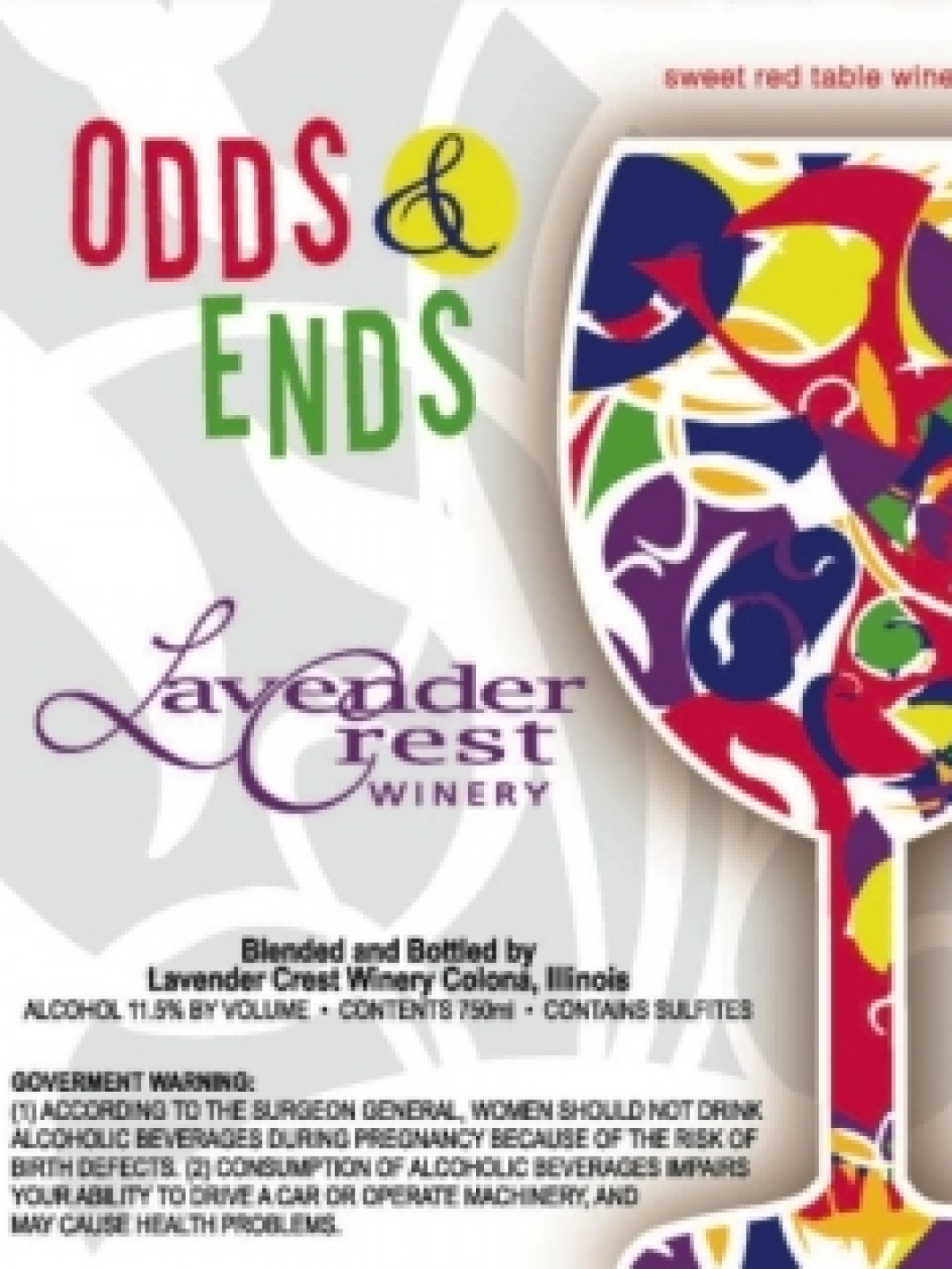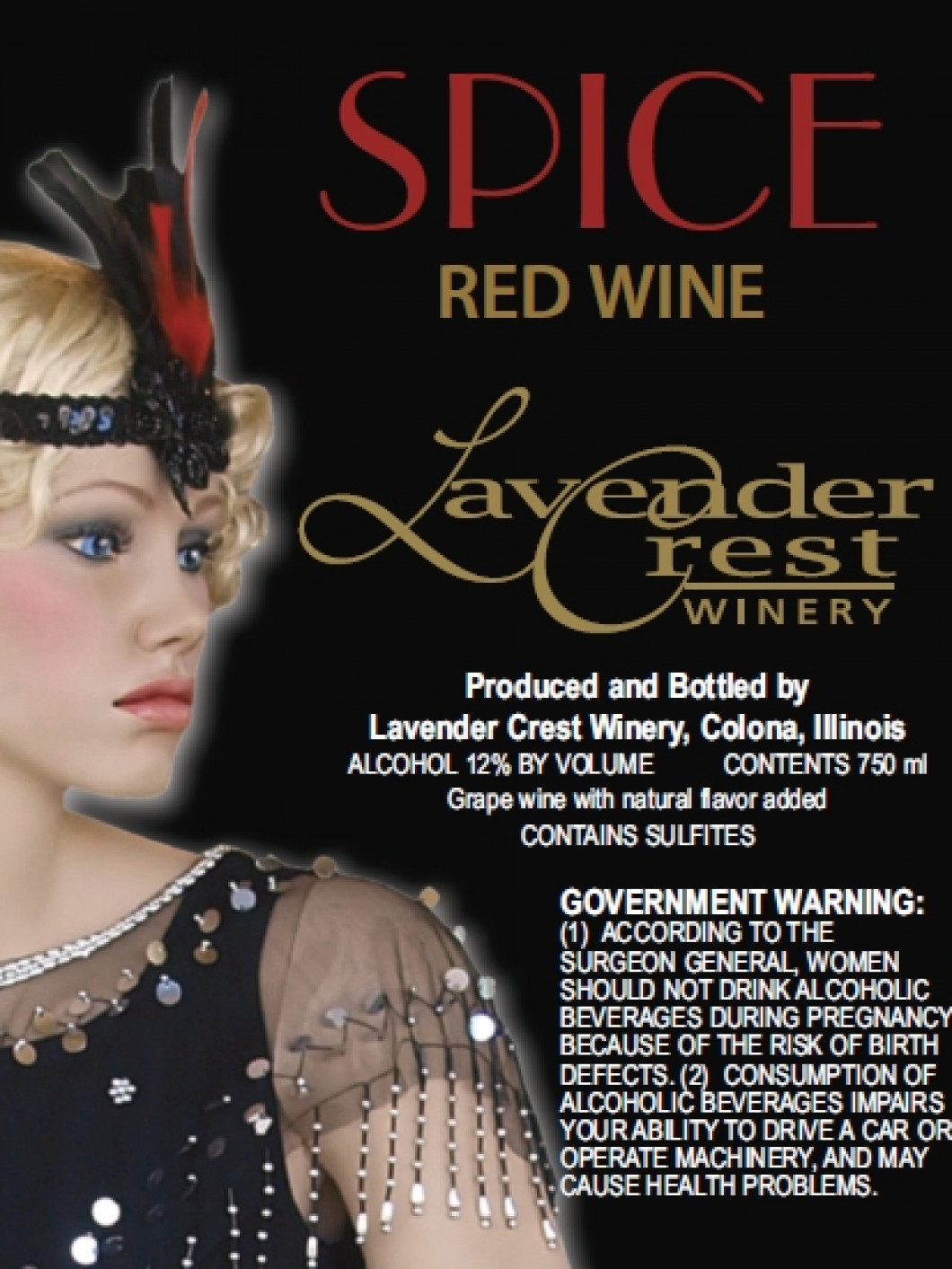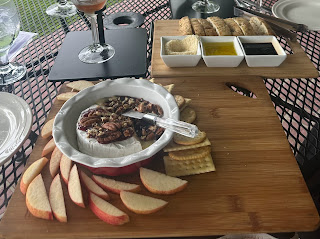Montevetrano Colli di Salerno IGT BYOB at Angeli’s Italian
We dined outside on the patio at Angel’is Italian, our favorite neighborhood trattoria, and I took BYOB from our home cellar this unique limited production vintage aged Italian big red wine.
This was an ideal pairing with my veal piccata and Linda’s eggplant parmagiana .
This is from Montevetrano in the hills of San Cipriano Picentino in Campania, southern Italy, 50 miles southeast of Naples, a dozen miles east of and in the hills above Salerno
Montevetrano started in 1983 as a hobby by Silvia Imparato, who transformed her family property into a winery in the mid-1980’s, with the guidance of acclaimed oenologist Riccardo Cotarella. She is now joined by her daughter Gaia, who oversees the winemaking.
Just south of Mount Vesuvio along the Amalfi Coast in the Monti Picentini Regional Park, the vineyards cover about 12 acres of the 60 acre estate. The vineyards are protected by the Picentini Mountains, which form like a crown around the property.
The region boasts a cool Mediterranean climate with extreme coastal, as well as high elevation mountain terroirs. With the cooler climate in Campania; the region usually sees some of the last harvest dates in Italy. The local terroir is a combination of the mild climate of the coast and nearby mountains, and unique volcanic and sandy soils.
The vineyards are in a former Bourbons’ estate at 100 meters above sea level, on the crest of a hill among oak, chestnut and hazelnut trees, a citrus grove and olive trees, in the shadow of an ancient medieval castle. The boundaries are marked by blackberry bushes and old roses mark the rows of the “Horse vineyard”, near and ancient ‘700 country house.
This Montevetrano Colli di Salerno IGT, is the highly acclaimed flagship blend composed of Bordeaux varietals Cabernet Sauvignon and Merlot, and the local indigenous grape, Aglianico. Aglianico might be considered one of Italy’s three best wine grapes, along with Nebbiolo and Sangiovese. Aglianico “alli-yawn-nico” is found almost exclusively in Southern Italy in the regions of Campania and Basilicata.
Aglianico produces full-bodied red wines, known for strikingly savory flavors of leather, white pepper, black fruits and cured meat that when aged, develop soft dusty aromas of dried figs and sun-tanned leather.
Montevetrano’s first vintage was released in the early 1990s; the initial blend was 90% Cabernet Sauvignon and 10% Aglianico, while the current blend is typically around 50% Cabernet Sauvignon, 30% Aglianico, and 20% Merlot.
Montevetrano is often called the “Sassicaia of the South” due to its role in elevating southern Italian wine to international acclaim, and, its receipt of high scores from critics such as Robert Parker in the mid-1990’s.
Sassicaia is the ultra-premium wine produced in the style of a Left Bank Bordeaux Premier Cru created by Mario Incisa of Tenuta San Guido on the Tyrrhenian coast, after much experimentation with several French grape varieties.
The wine made mainly from Cabernet Sauvignon was a fundamental change to the Tuscan and Piedmont tradition of Sangiovese and Nebbiolo, respectively. The innovative decision to plant this variety at Tenuta San Guido was partly due to the similarity Mario Incisa noted between Tuscan terrain and that of the Graves area in Bordeaux.
His revolutionary winemaking style has became a legendary commercial phenomenon since its first release in 1968. I wrote about and featured Sassicaia in this blogpost - Sassicaia Owner Dinner and Vivere Vertical Tasting with producer co-owner Priscilla Incisa della Rocchetta.
Production of Montevetrano Colli di Salerno remains limited, with around 20,000–30,000 bottles per year. The wine is celebrated for its complexity and elegance with rich aroma, dark fruit flavors, and aging potential.
Montevetrano also produce a more approachable white and red under the “Core” designation, which often provide tremendous value.
Besides the Montevetrano Bordeaux and Anglianico Red Blend, they also produce a portfolio of aromatic and fresh reds based on Piedirosso grapes, and whites, made from Coda di Volpe and Falanghina. Both reds and whites go by the name, Lacryma Christi, meaning the "tears of Christ." The white varieties of Falanghina and Biancolella make fresh, flirty, mineral-driven whites, and the red Piedirosso and Sciasinoso vines, which cling to steeply terraced coastlines, make snappy and ripe red wines.
Farther inland, as hills become mountains, the limestone soil of Irpinia supports the whites Fiano di Avellino, Falanghina and Greco di Tufo as well as the most-respected red of the south, Aglianico. Here the best and most age-worthy examples come from Taurasi.
Farther north and inland near the city of Benevento, the Taburno region also produces Aglianico of note—called Aglianico del Taburno—on alluvial soils. While not boasting the same heft as Taurasi, these are also reliable components of any cellar.
Montevetrano "Montevetrano" Colli di Salerno IGT 2009
This is vinified with 100% estate grapes and is bottled at the estate so as to maintain total control of the production cycle. It is aged 14 months in 225 liter new and second usage barriques made of French Nevers and Allier and Troncais oak. It is then matured in bottle for 6 months before release.
Montevetrano has a recognizable signature style, characterized by complexity, like the territory in which it is born with its variety of perfumes and colours. It is a wine with a strong persistence, that benefits from the influence of the sea and a mild climate. Montevetrano guaranties great longevity and can continues to mature in bottles for fifteen or twenty years.
Montevetrano 2009 is 50% Cabernet Sauvignon, 30% Aglianico, and 20% Merlot and spent 12-14 months in French oak, 50% new.
This release was rated 94 points by The Wine Advocate, and 92 points by Wine Spectator, Vinous and Wine Enthusiast.
Winemaker’s notes on this release: “This iconic red blend showcases a deep, dark hue with both brightness and depth. On the nose and palate, it offers soft red fruits layered with earthy complexity—volcanic soil, graphite, and a firm mineral backbone. Crafted from Cabernet Sauvignon, Merlot, and Aglianico grown on estate-owned land, it undergoes extended skin maceration, stainless steel fermentation, and 14 months of barrique aging. The result is a structured, expressive wine with refined tannins and a lingering finish.’
“Nice bright and dark color at the same time. It is a dark wine! Soft fruits, but also so much land, this time! Volcanic notes, graphite. It closes, as often, with very good tannins.”
At fifteen years, the 2009 Montevetrano showed little sign of aging, the important fill level and cork being pristine.
Inky black garnet in color, full bodied, concentrated complex rich savory black cherry and black plum fruits with expressive notes of balsamic, rosemary, thyme and exotic spices, leather and pipe tobacco, and hints of smoky creosote and anise with a round tannin lingering finish.
RM 92 points.
https://www.cellartracker.com/wine.asp?iWine=1219633
https://www.montevetrano.it/en/
http://www.angeliscatering.com/


















































